Loneliness Becomes An Acid That Eats Away At You
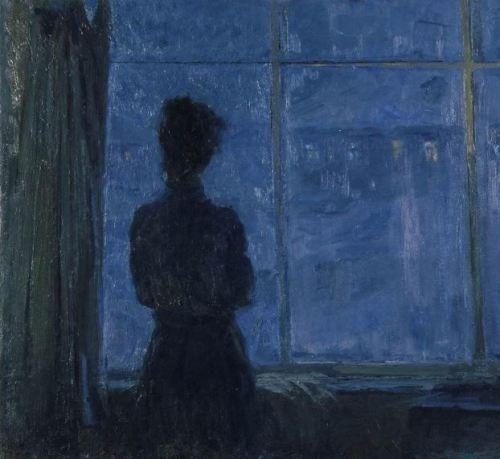
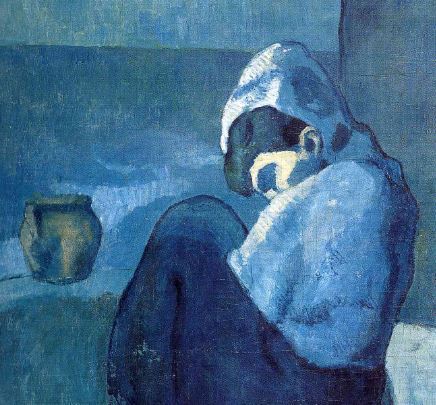

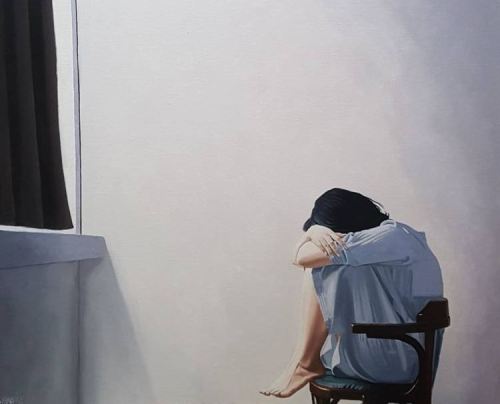




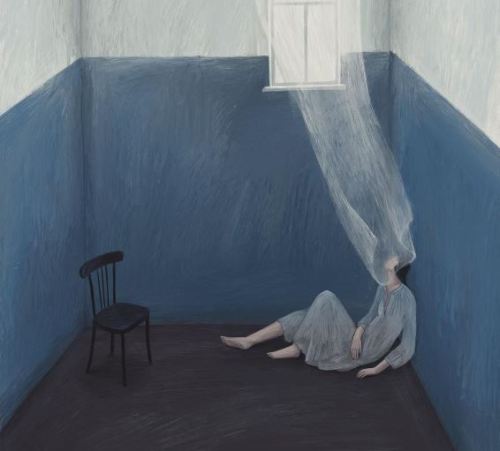
loneliness becomes an acid that eats away at you
Haruki Murakami, Sergey Tutunov, Pablo Picasso, Maurice Pirenne, Yvan Favre, George Pratt, Marie Muravski, Aaron Wiesenfeld
buy me a coffee
More Posts from Lrs35 and Others
Thinking About Fictional Character while you have music on is such a risky activity. there’s no way EVERY song on this album is literally about Fictional Character. and yet……..
advocate for weird and pathetic girls
reblog this and put in the tags at least two (2) songs you are listening to on repeat right now
what’s the first song on ur wrapped playlist that starts with the first letter of ur name
Adding small moments of existence to your writing
What I’m talking about is proof of life outside your characters in your world. Not in the sense of ‘talking to the cashier at the checkout’, but things like:
Graffiti etched into a desk your character sits in during an exam
Realising that someone has come along and arranged the cans on the shelf so the labels say something stupid
Dirty vans that have ‘wash me’ written in the dried mud
A coin that has been stuck into a piece of gum on a handrail
Little things that show the world still goes on despite whatever is happening to the characters.
This helps make the world a world, not just a setting. There are other people with other lives doing stupid, funny, dangerous, things that in no way impact the protagonist. You don’t have to dwell on them, they can only be mentioned briefly in passing during the set up of a scene, but it will help create life within the background of the story and give the characters a chance to briefly think about something other than themselves/their situation.
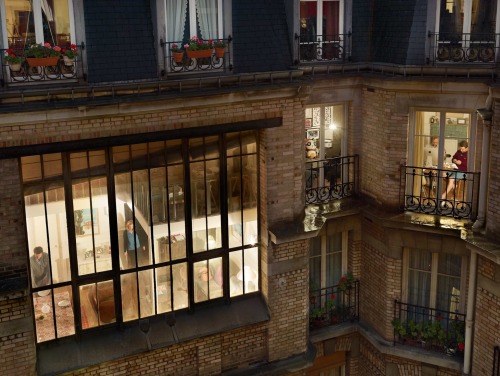
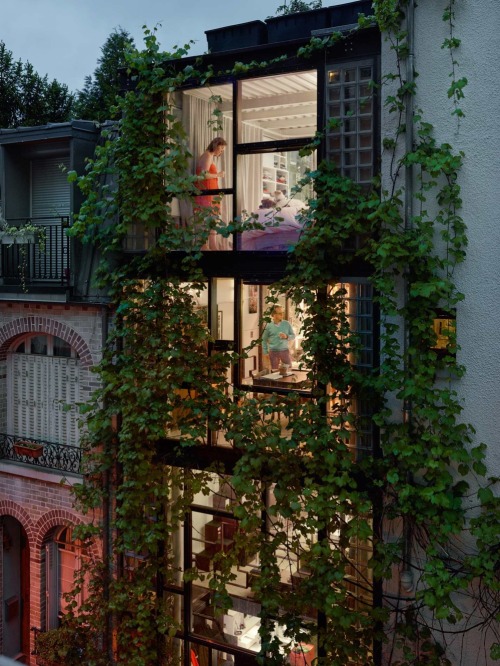
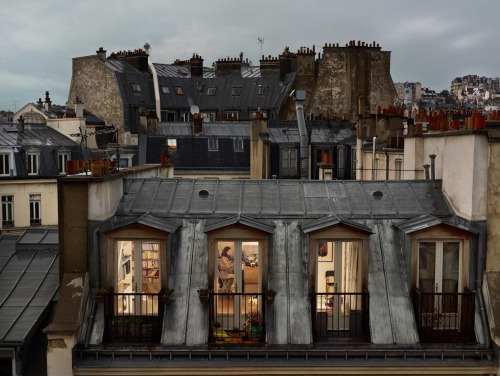
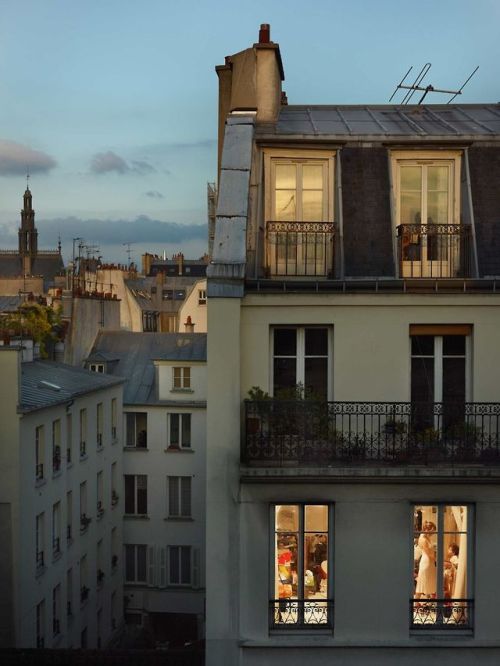
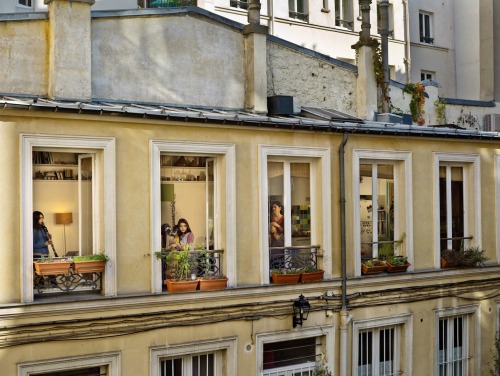
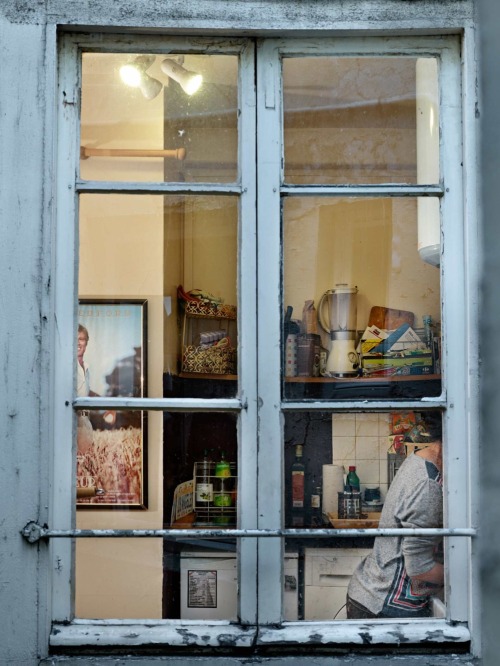
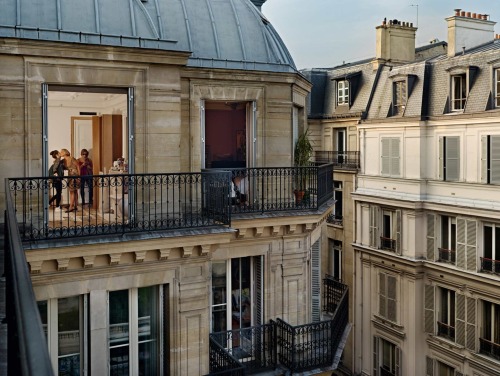
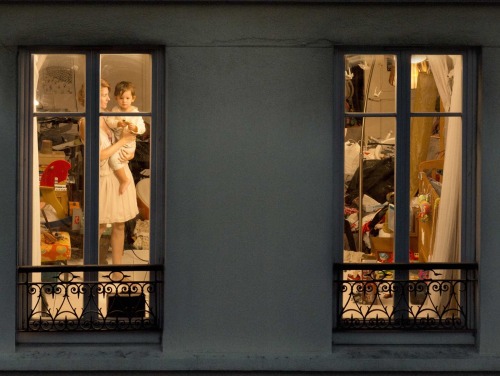
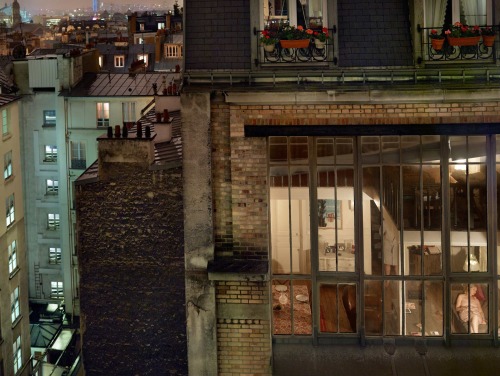
need refs/inspo for period clothing?
here you go:
Medieval (9th-15th century):
10th century and earlier
Romance (1000-1250)
11th century
12th century
13th century
more 13th century
14th century
more 14th
15th century
and more 15th century
Gothic (1150-1550)
Renaissance (1520-1650)
16th & 17th century
16th century
more 16th
Tudors (1500-1550)
more Tudors
Elizabethan Period (1558-1603)
Jacobean Era (1603-1625)
17th century
more 17th century
and again
and even more
this won’t stop
Baroque (1600-1750)
Georgian Period (1714-1830):
18th century
more 18th century
18th century women’s fashion
18th century men’s fashion
Rococo (1720-1770)
Classicism (1770-1790)
children 18th-19th century
Regency Preiod (1811-1820)/ Empire (1800-1820s):
1790-1820s
more stuff on regency and georgian era
even more
that’s not enough regency
and more
how is there so much
early 19th century men’s wear
early 19th century women’s wear
Victorian Period (1837-1901):
Romantic Era (1820-1840s)
Civil War Era/1850-1860s
1870-1890s
more victorian
Edwardian Period (1901-1910):
1900-1910s
Belle Epoque (1880-1910s)
more edwardian/belle époque
Modern:
1910s-1920s [Fashion between the World Wars]
1920s
more roaring 20s
so much 20s
1920s hairstyles
1930s
1930-1940s
1930-1950s
1950s
more 50s
1960s
1960-1970s
1980s
lots of periods in one spot/fashion through centuries:
here, here, and here is almost everything (and properly ordered)
also here with lots of historic fashion magazines
historic fashion
costumes of antiquity
more historical clothing
history of fashion
more history of fashion
“vintage” clothing
historic costumes
children’s historical fashion/toys
details
historic wedding dresses
historic assecoires (hats, shoes…)
hats
masks
parasols
lots of embroidery/jewlery
it indeed is western/european centric, I’m sorry for that, but for other cultures I simply don’t have so many references
we aren’t doing enough arts and crafts in this world I’m telling you
Once I stop procrastinating and starts reading 365 pages books in two days again then it's all over for everyone.
-
 lumenist reblogged this · 1 month ago
lumenist reblogged this · 1 month ago -
 bellark liked this · 1 month ago
bellark liked this · 1 month ago -
 bludovebunny liked this · 1 month ago
bludovebunny liked this · 1 month ago -
 veilcore reblogged this · 1 month ago
veilcore reblogged this · 1 month ago -
 violinisten reblogged this · 1 month ago
violinisten reblogged this · 1 month ago -
 absentpublic reblogged this · 1 month ago
absentpublic reblogged this · 1 month ago -
 youlookbettercoveredinblood liked this · 1 month ago
youlookbettercoveredinblood liked this · 1 month ago -
 spiritsfound reblogged this · 1 month ago
spiritsfound reblogged this · 1 month ago -
 qualitybluebirdmental liked this · 1 month ago
qualitybluebirdmental liked this · 1 month ago -
 saltedsan liked this · 1 month ago
saltedsan liked this · 1 month ago -
 latenightdemo liked this · 1 month ago
latenightdemo liked this · 1 month ago -
 222-me liked this · 1 month ago
222-me liked this · 1 month ago -
 melloowbloom liked this · 2 months ago
melloowbloom liked this · 2 months ago -
 hellothere2009 reblogged this · 2 months ago
hellothere2009 reblogged this · 2 months ago -
 hellothere2009 liked this · 2 months ago
hellothere2009 liked this · 2 months ago -
 papitadodo liked this · 2 months ago
papitadodo liked this · 2 months ago -
 walkeddeath liked this · 2 months ago
walkeddeath liked this · 2 months ago -
 deficd liked this · 2 months ago
deficd liked this · 2 months ago -
 mentatemperor reblogged this · 2 months ago
mentatemperor reblogged this · 2 months ago -
 0chakai liked this · 2 months ago
0chakai liked this · 2 months ago -
 klaeus reblogged this · 2 months ago
klaeus reblogged this · 2 months ago -
 lastbreathdrawn reblogged this · 2 months ago
lastbreathdrawn reblogged this · 2 months ago -
 seahortensia liked this · 2 months ago
seahortensia liked this · 2 months ago -
 ijustwannaread03 liked this · 3 months ago
ijustwannaread03 liked this · 3 months ago -
 tobiletuchiy liked this · 3 months ago
tobiletuchiy liked this · 3 months ago -
 poiuy67891 reblogged this · 3 months ago
poiuy67891 reblogged this · 3 months ago -
 poiuy67891 liked this · 3 months ago
poiuy67891 liked this · 3 months ago -
 teheetete liked this · 3 months ago
teheetete liked this · 3 months ago -
 lattekore liked this · 3 months ago
lattekore liked this · 3 months ago -
 nicotine80 reblogged this · 4 months ago
nicotine80 reblogged this · 4 months ago -
 nicotine80 liked this · 4 months ago
nicotine80 liked this · 4 months ago -
 vvikyy liked this · 4 months ago
vvikyy liked this · 4 months ago -
 mace2001circa liked this · 4 months ago
mace2001circa liked this · 4 months ago -
 cntloup liked this · 4 months ago
cntloup liked this · 4 months ago -
 munmuun liked this · 4 months ago
munmuun liked this · 4 months ago -
 starlightkiri liked this · 4 months ago
starlightkiri liked this · 4 months ago -
 catasterismus reblogged this · 4 months ago
catasterismus reblogged this · 4 months ago -
 swimmingintheocean liked this · 4 months ago
swimmingintheocean liked this · 4 months ago -
 itsmooniie reblogged this · 4 months ago
itsmooniie reblogged this · 4 months ago -
 boatofoat liked this · 5 months ago
boatofoat liked this · 5 months ago -
 itsmooniie liked this · 5 months ago
itsmooniie liked this · 5 months ago -
 luzartem2 liked this · 5 months ago
luzartem2 liked this · 5 months ago




